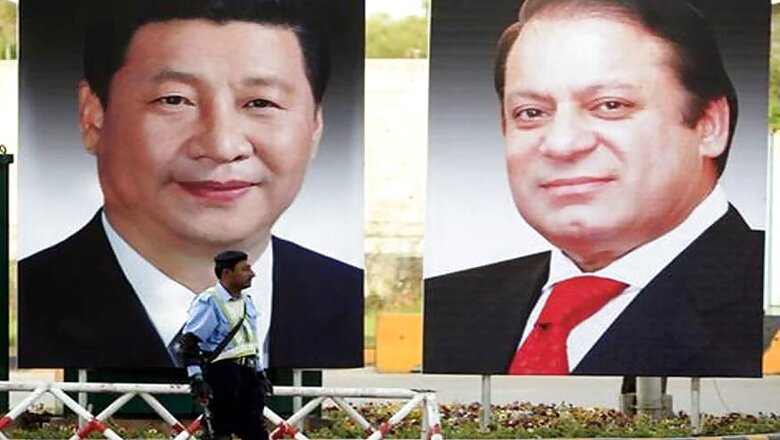
views
Beijing: China and Pakistan are planning to set up a joint counter-terrorism command system even as the two all weather allies held a bilateral anti-terrorism exercise, state media reported on Tuesday.
The special forces of the two countries have held a joint military exercise in a bid to strengthen their cooperation in fighting terrorism.
The exercise was carried out in a border region between the two sides, and involved elite commandos from both special forces, state-run China Radio International (CRI) reported.
There was no specific mention of the area where the exercise took place.
Pakistan-occupied Kashmir (PoK) connects with China's Xinjiang province, home of Uyghur Muslims. Already border troops from both sides are patrolling the areas.
China has been pressing Pakistan to crack down on the training bases of Uyghur militants of the East Turkestan Islamic Movement (ETIM) in Pakistan's tribal areas.
Training programmes during the drill included armoured vehicle charging, door-to-door searches, street battles, and besieging terrorists in a simulated raid on terror forces, the report issued yesterday said.
It quoted Rehang Aiming, a senior officer with the Chinese special forces as saying that the troops from the two sides also held in-depth discussions on a joint counter-terrorism command system.
"The Chinese and Pakistani forces have conducted in-depth and detailed communication regarding the subjects of construction of a counter-terrorism command system and use of tactics," he said.
"The exercise helps strengthening the abilities for the two forces to fight terrorists through coordinated command systems, and further cemented the friendship and the counter-terrorism cooperation mechanism between the two forces," he said.
He said the Chinese special forces tested tactics and gained experience with their Pakistani counterparts.
Pakistan is already participating in the China-led Quadrilateral Cooperation and Coordination Mechanism which also includes Afghanistan and Tajikistan to counter terrorism in their border regions.


















Comments
0 comment